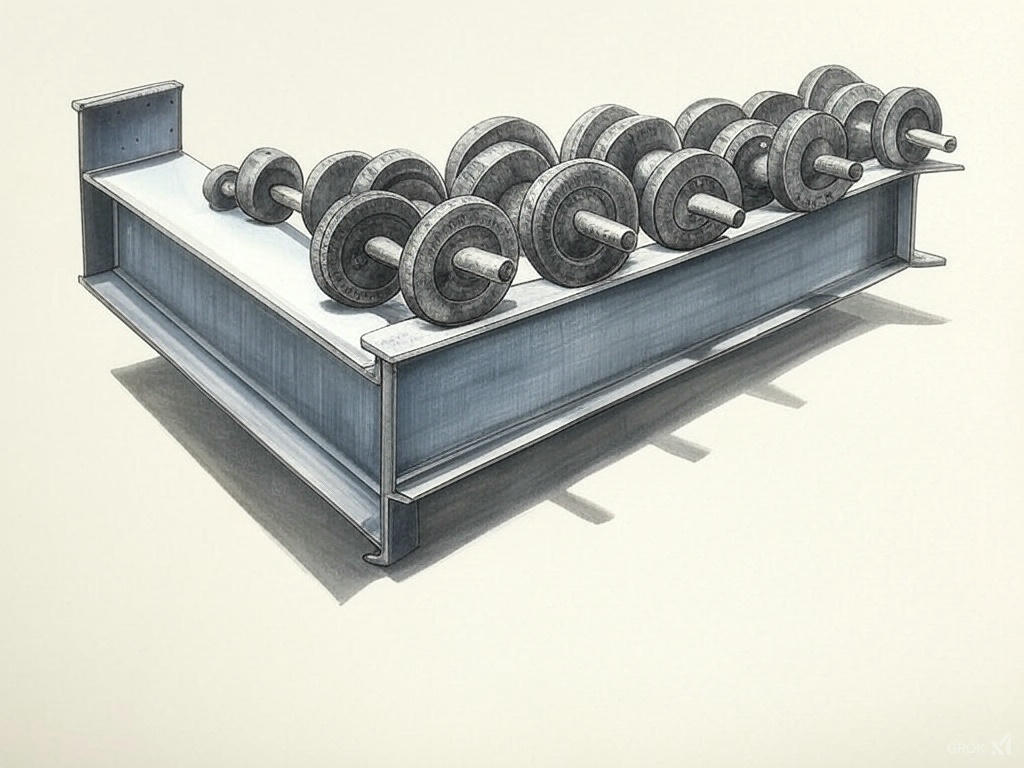Beam Loading
 Beam loading is the distribution of external forces, loads, or weights onto a beam structure. A beam is a structural element that is designed to support loads primarily by resisting bending. These loads can include dead loads (permanent/static loads like the weight of the beam itself and other fixed components), live loads (temporary/dynamic loads like people, furniture, equipment), and other external forces like wind or seismic loads.
Beam loading is the distribution of external forces, loads, or weights onto a beam structure. A beam is a structural element that is designed to support loads primarily by resisting bending. These loads can include dead loads (permanent/static loads like the weight of the beam itself and other fixed components), live loads (temporary/dynamic loads like people, furniture, equipment), and other external forces like wind or seismic loads.
The process of beam loading involves understanding how these various loads affect the beam's behavior, such as how it deflects (bends) and the internal stresses that develop within the beam due to these loads. Proper consideration of beam loading is crucial in structural engineering to ensure that beams are designed and constructed to safely support the loads they will encounter throughout their lifespan.
The way a beam is loaded affects its behavior and how it deflects or bends. Engineers use mathematical equations and structural analysis techniques to determine how a beam will respond to different loading scenarios. This analysis helps ensure that the beam is designed with sufficient strength and stiffness to withstand the expected loads without failing or deforming beyond acceptable limits. In construction and engineering, considering beam loading is essential for designing safe and reliable structures, whether it's in buildings, bridges, or any other application where beams are used as load bearing elements.

